Researchers Believe They Have Finally Discovered How Egyptians Constructed First Pyramid
The mystery surrounding the construction of ancient Egypt’s pyramids continues to puzzle researchers to this day. Experts have their own opinions, yet none can say with certainty how the cultures living along the Nile constructed these enormous architectural masterpieces.
Researchers have conducted a new groundbreaking study focusing on the nearly 5,000-year-old Pyramid of Djoser. This study has the potential to unravel the long-standing mystery of how ancient Egyptians constructed their pyramids.
The Pyramids of Egypt
When we speak of pyramids, more often than not, the structures that first come to mind are the three enormous architectural wonders that tower over the Giza plateau in Egypt.
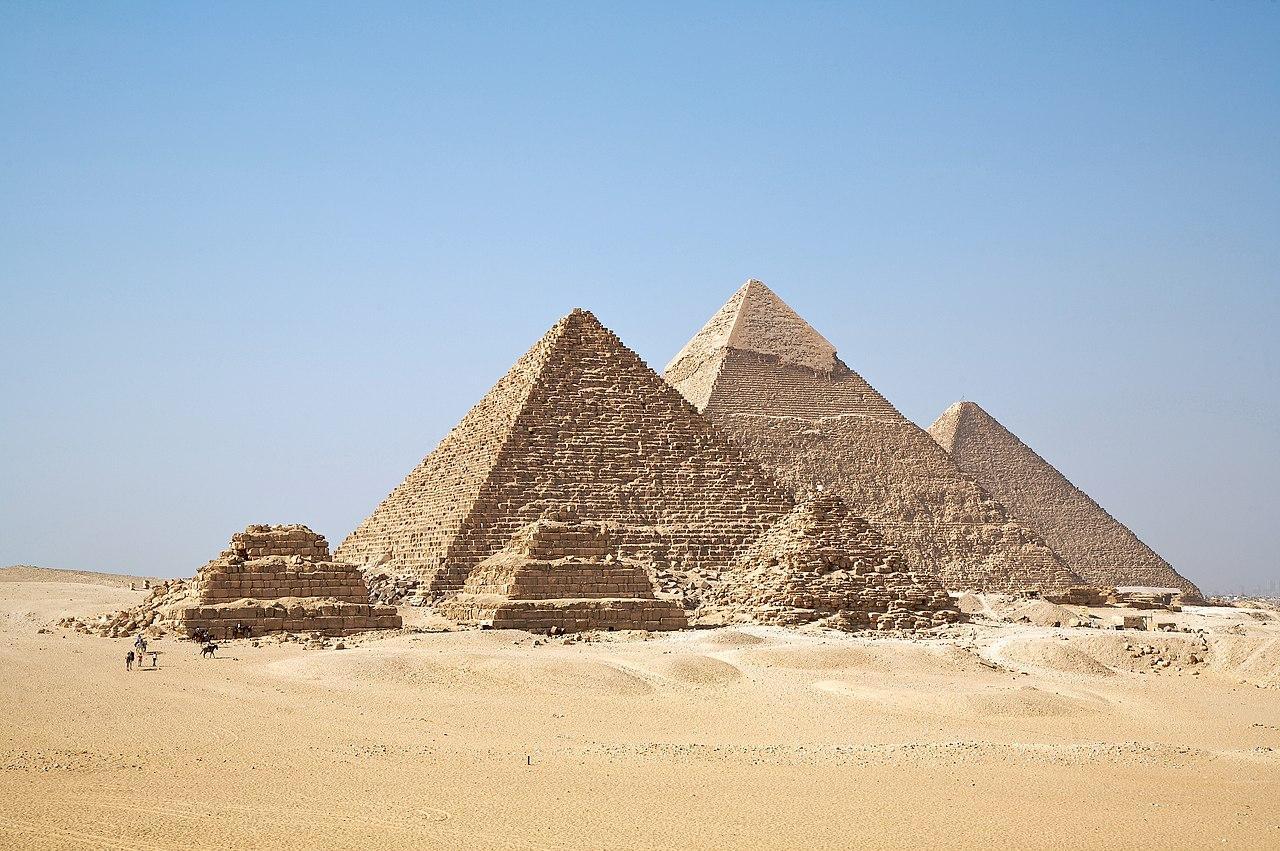
Source: Wikimedia
The largest is the Khufu pyramid, a staggering structure comprising 2.3 million stone blocks that have been meticulously cut and slotted into position. Many of these blocks, weighing anywhere from 2.5 to 15 tons, were somehow hoisted several hundred feet into the air, a feat that continues to astound and inspire us today.
The Construction of the Pyramids
Researchers have been fascinated by the meticulous positioning and excessive weight of the stones for centuries. A common topic of conservation revolves around how a Bronze Age culture accomplished such a feat.

Source: Wikimedia
The construction methods of the pyramids have been a subject of intense debate. Some propose the use of an enormous ramp to pull the stones up several hundred feet, while others suggest the use of rope and pulley systems.
Pyramids Across Egypt
Despite the interest in the Pyramid of Khufu and the other two situated on the Giza plateau, fascinating pyramids can be observed all throughout Egypt. In fact, the nation has almost 120 known pyramids, most of which are thousands of years old.
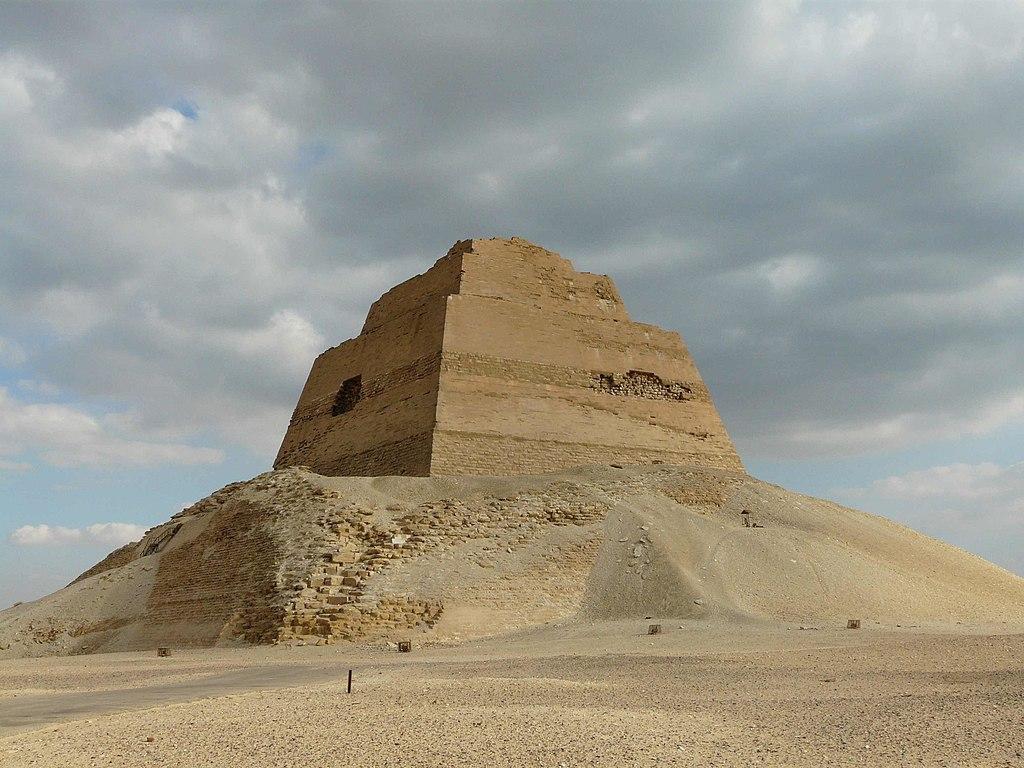
Source: Wikimedia
Another pyramid of equal impotence, extensively studied by researchers in recent years, is that of Djoser, an Egyptian Pharaoh who ruled during the Old Kingdom’s 3rd Dynasty.
The Step Pyramid of Djoser
The Step Pyramid of Djoser is a six-tired structure located on the Saqqara plateau in northern Egypt. It was constructed over 4,700 years ago. Despite the absence of megalithic blocks like those of the Giza pyramid, it is still a truly fascinating structure.
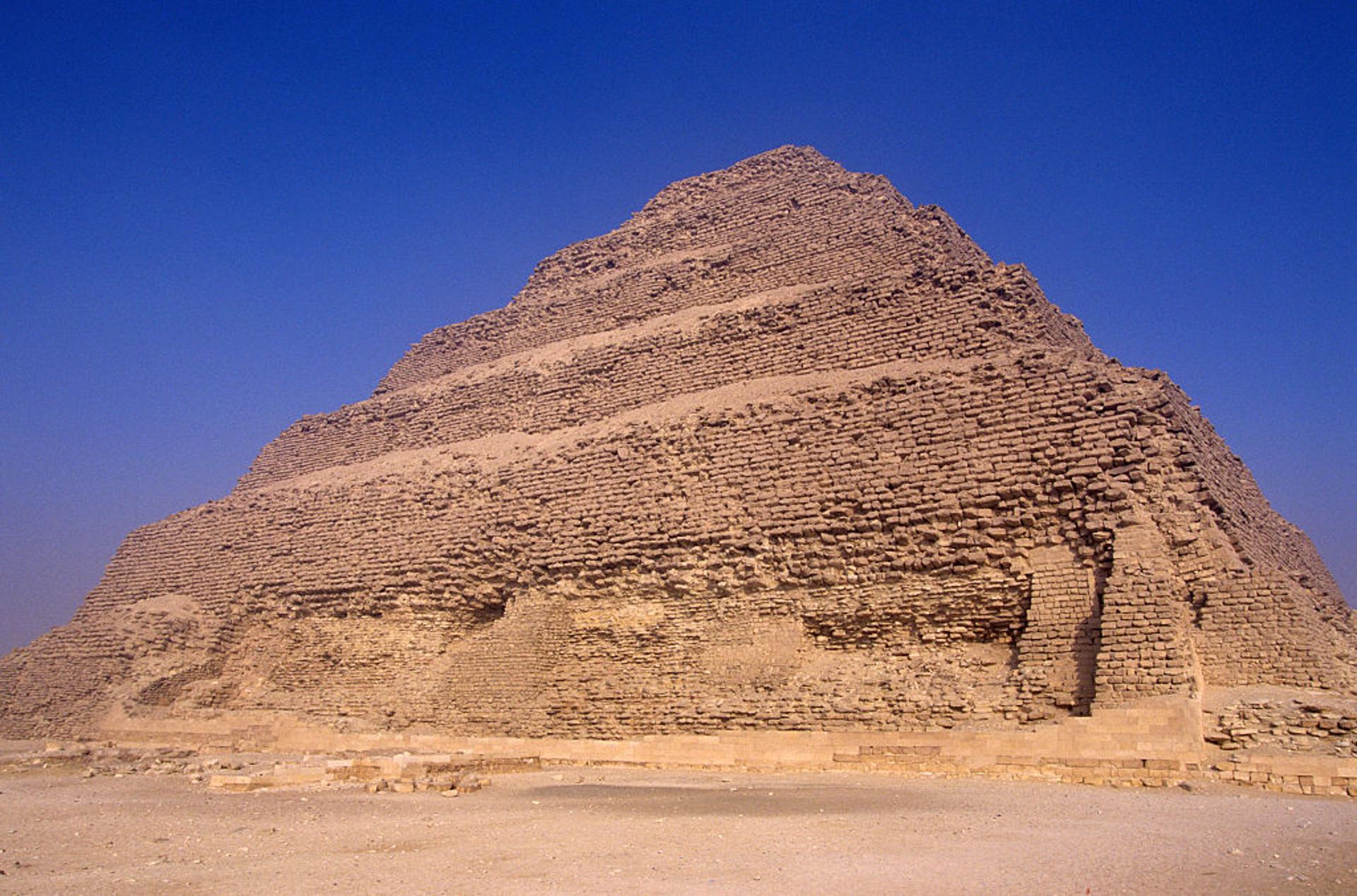
Source: Getty Images
A new study conducted at the site could revolutionize our understanding of how Egyptian pyramids were constructed after researchers suggested they were built using an elaborate hydraulic system.
The Pyramid of Djoser Was Built Using Modern Hydraulic System
Constructed during a relatively primitive era, the question of how the Egyptians moved an estimated 11.7 million cubic feet (330,400 cubic meters) of stone and clay to build the pyramid has baffled researchers for quite some time.
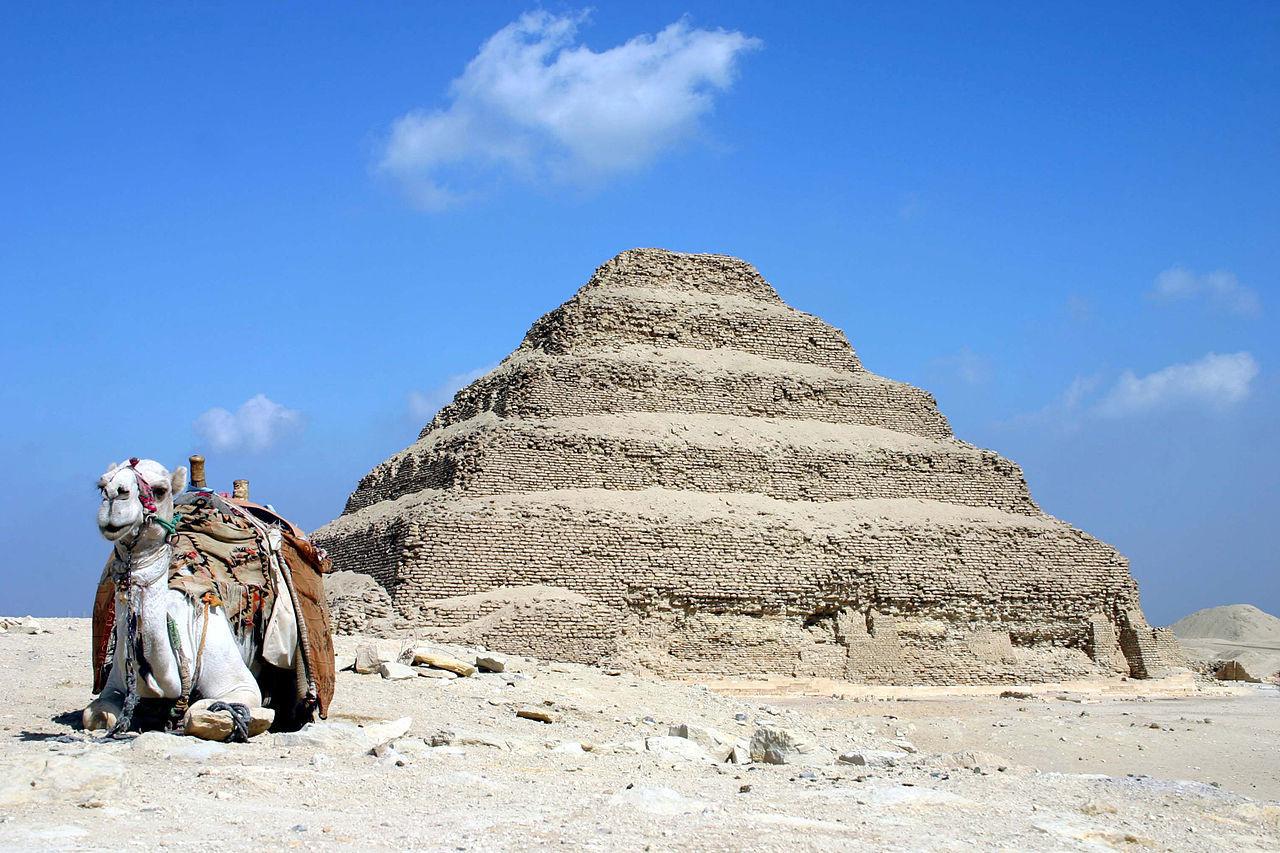
Source: Wikimedia
However, according to the new study, the Pyramid of Djoser is located close to a dried-up branch of the Nile River, which may have been used to construct the 62-meter-tall structure using a “modern hydraulic system” consisting of a dam, hydraulic freight elevator, and water treatment plant, powered by the ancient river.
A Watershed Discovery in Egypt, Says Researchers
The research was carried out by the CEA Paleotechnic Institute, a research center in France. In their paper, the team suggests that the mysterious Gisr el-Mudir enclosure found in the vicinity of the pyramid was utilized to capture sediment and water.

Source: Freepik
Lead author of the study and CEO of Paleotechnic, Xavier Landreau, highlighted the nature of their findings during an interview with Live Science, stating, “This is a watershed discovery.”
Changing the Status Quo in Egypt
Landreau believes the research conducted by his team could revolutionize our understanding of Egyptian architecture, explaining, “Our research could completely change the status quo.”
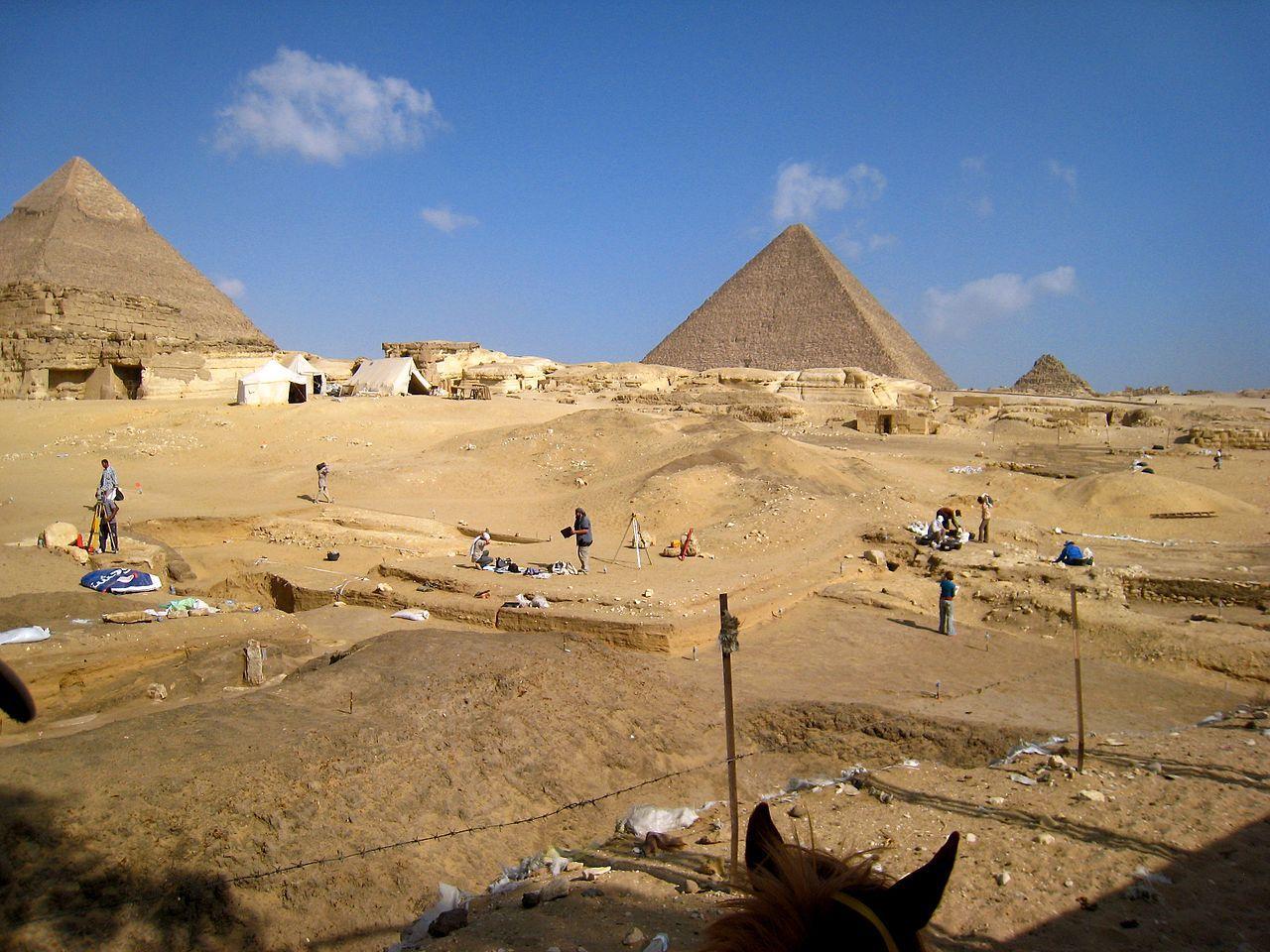
Source: Wikimedia
He added, “Before this study, there was no real consensus about what the structures were used for, with one possible explanation being that it was used for funerary purposes. We know that this is already subject to debate.”
How Did the Hydraulic System Work?
In the paper, the researcher details how the hydraulic system worked. Water would have first been diverted from the Nile to the dam, which had two enormous walls around 50 feet wide, each lodged between the valleys located to the west of the Pyramid of Djoser.
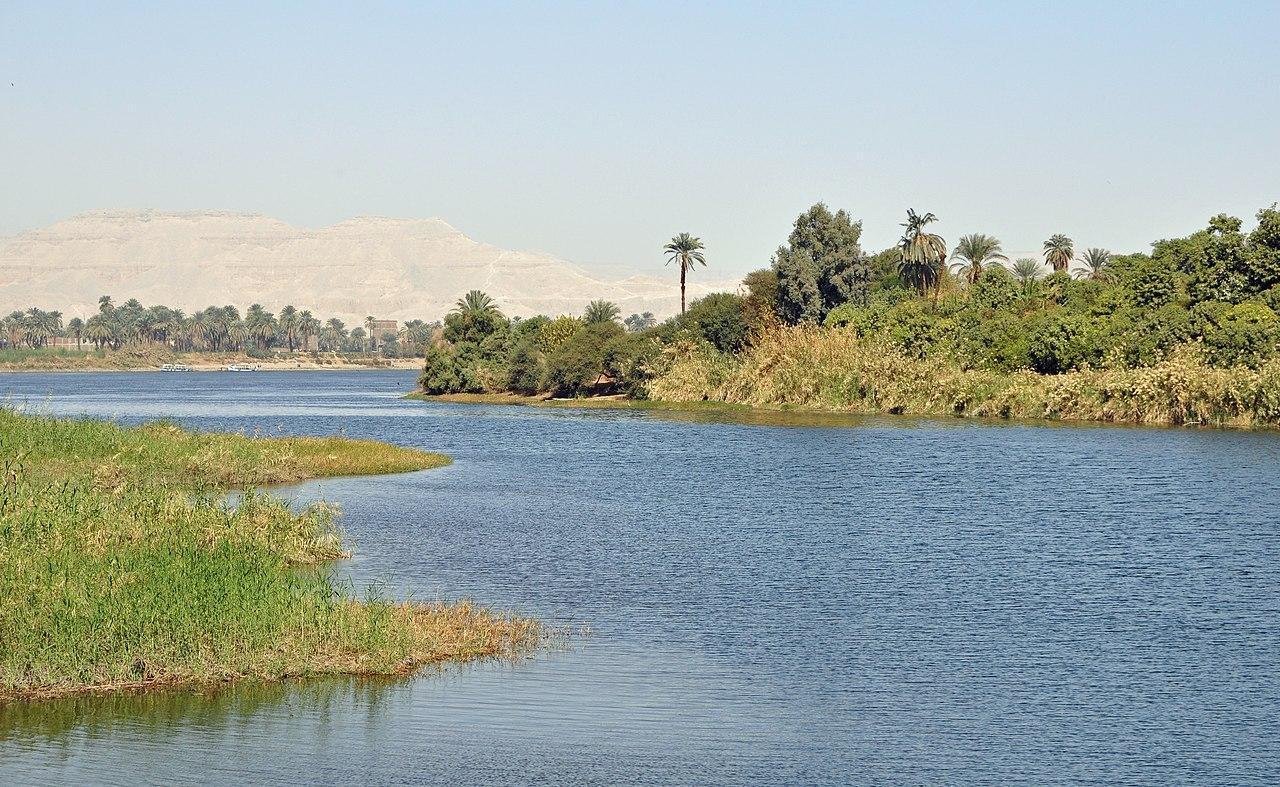
Source: Wikimedia
Then, the water would have traveled onwards to a treaty facility dubbed the “Deep Trench” by researchers. This was around 1,300 long and 89 feet deep, carved directly into the existing rock. Here, the water would have been stripped of sediment and particles to ensure no clogs appeared in the system.
Underground Conduits Feed Water-Powered Elevator
The water was then transported to the pyramid via an intricate network of underground conduits that ran 92 feet beneath the surface of the ground to a water-powered elevator.
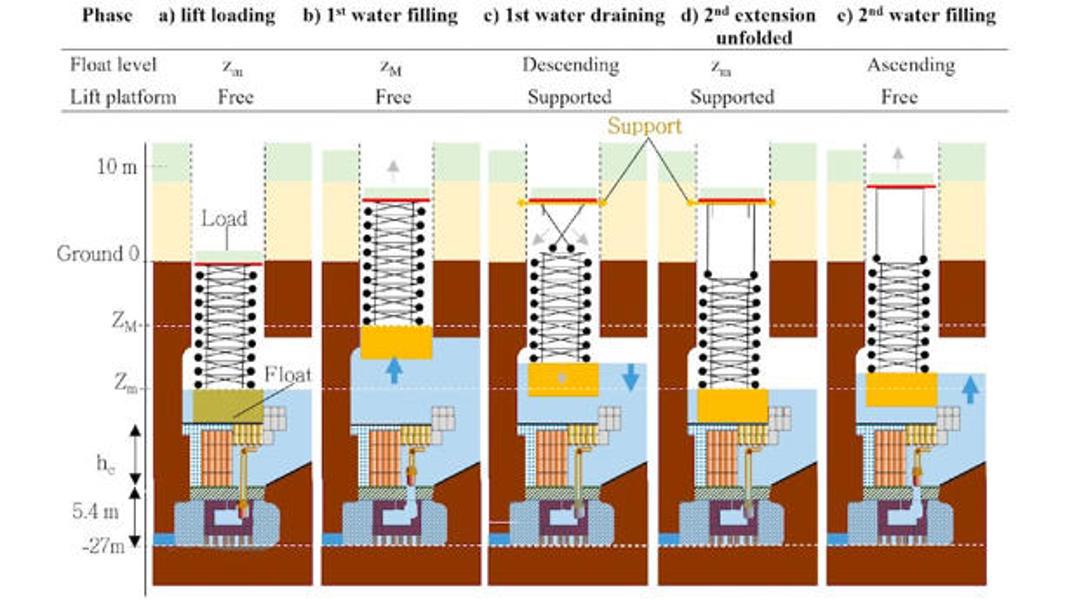
Source: Landrea/CEA Paleotechnic Institute
According to the researchers, the water gathering in a central well would have provided sufficient force to “float” stones up and down a makeshift shaft, thereby delivering the construction materials to the workers at the top of the pyramid.
Archaeologist Disagrees With Hydraulic Theory
Despite the fascinating theory proposed by the scientists at the CEA Paleotechnic Institute, the field remains divided. Julia Budka, an archaeologist from the Ludwig Maximilian University of Munich, voices her concerns, stating, “My biggest concerns about the study are that no Egyptologists or archaeologists were directly involved.”

Source: Wikimedia
She added, “Scientifically, their hypothesis is not proven at all, and they themselves say at the end of the article that it would be necessary to conduct geological studies and sample analyses both inside and outside the areas in question to get a more accurate understanding of the proposed hydraulic system — not only of its operating time but in general.”
Hydraulic System Theory Requires More Research
In response to those who criticized the theory, Landreau explained that it wouldn’t be the first time Egyptians used flowing water to move heavy materials. The researcher claimed various sources mention Egyptians using the Nile to transport large objects.

Source: Freepik
As of yet, it remains uncertain whether this method could be applied to other pyramids in Egypt, such as those located in Giza, which have significantly larger blocks of stone. Further investigation may provide researchers with evidence to suggest the pyramids were constructed using water-powered elevators.
